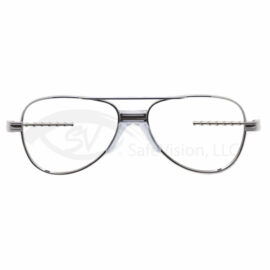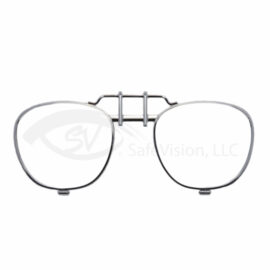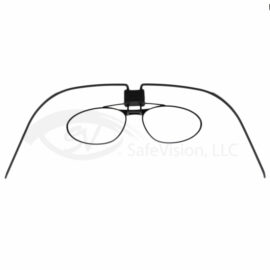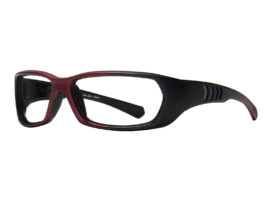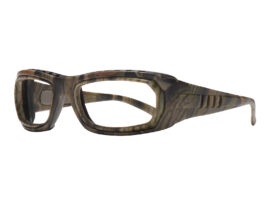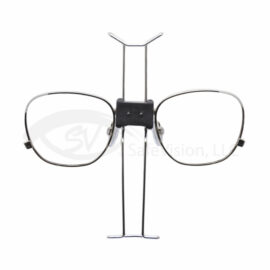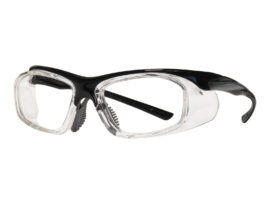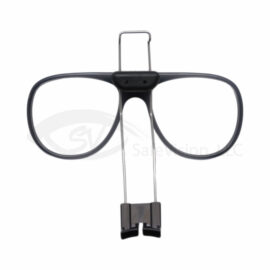Eye Health, Safety Glasses
Safety Glasses Ratings – What do employers and employees need to know?
Employers who manage workplace safety and employees who want to protect their vision at work need to understand the importance of the ratings used for safety eyeglasses.
With or without additional letters, you might encounter different ratings when shopping for safety glasses, like ANSI Z87.1. But what do these ratings mean, and why should you care?
Understanding safety eyewear ratings is crucial to making sure you choose the right protection for your needs.
Learn More About Our Corporate Safety Eyewear Programs
What Are Safety Glasses Ratings?
Safety glasses ratings help determine how the level of protection well glasses protect against hazards such as impact, dust, and chemicals.
In organizations like the United States, the American National Standards Institute (ANSI) sets these standards to ensure that the eyewear you choose provides the necessary level of protection.
ANSI is also the US member body of ISO and (via the USNC) IEC.
Why Do Safety Glasses Ratings Matter?
Safety glasses ratings are essential for several reasons.
They help you choose glasses that are certified to protect against specific hazards like dust, impact, or chemicals, ensure compliance with workplace safety regulations, and avoid penalties.
Your eyes are invaluable. Choosing the right safety eyewear keeps them protected in potentially dangerous environments.
What Is the Standard?
The most common safety glasses rating is ANSI Z87.1, a standard developed by ANSI to ensure eyewear offers adequate protection against workplace hazards.
This rating shows that the pair of safety glasses has passed several tests and has been certified safe by the ANSI.
This is the overall standard, and is often accompanied by other markings showing other protections.
A Guide to ANSI Z87.1 markings:
Z87-2: Meets ANSI Z87.1 standards, specifically made for prescription lenses
H: Made to fit smaller heads
Z87+, Z87-2+: Impact protection markings
O2: Relaxed optical level; ideal for first responders, firefighters, and military personnel
W shade: Welding filter lens
U scale number: UV filter lens
R scale number: IR (infrared) filter lens
L scale number: Visible light filter lens
V: Variable tilt lens, also known as photochromic
S: Special-purpose lenses
X: Anti-fog
D3: Splash/droplet protection
D4: Dust protection
D5: Fine dust protection
How to Choose the Right Safety Glasses
Now that you know about the rating system, there are a few things to consider when purchasing safety glasses from SafeVision. First, assess your environment and decide what you will most likely encounter at work.
Then, check the ratings using the guide provided to ensure that the pair you are eyeing meets the necessary safety requirements.
After you have decided on the right ratings, choose glasses that fit well, stay put, and feel comfortable for extended wear.
For Employees who work abroad, are there similar standards?
Yes! Most countries have their own standards for safety glasses. Here are a couple that may be relevant for US workers.
Canada: CSA Z94.3 (Canadian Standards Association)
The CSA Z94.3 standard is similar to ANSI Z87.1 but applies to safety glasses used in Canada.
Choosing glasses that meet ANSI and CSA standards ensures compliance and safety if you work across North America.
European Union: EN 166 (European Standard)
The EN 166 standard applies to safety glasses in Europe. It includes protection levels against impact, heat, chemicals, and dust resistance.
If you travel or work internationally, glasses that meet ANSI Z87.1 and EN 166 standards provide the best protection.
Where to Find Safety Glasses That Meet Ratings
At SafeVision, we provide a variety of safety glasses that comply with the ANSI Z87.1 standard and other safety ratings.
Our glasses are designed to offer the best protection for your eyes, no matter your environment.


